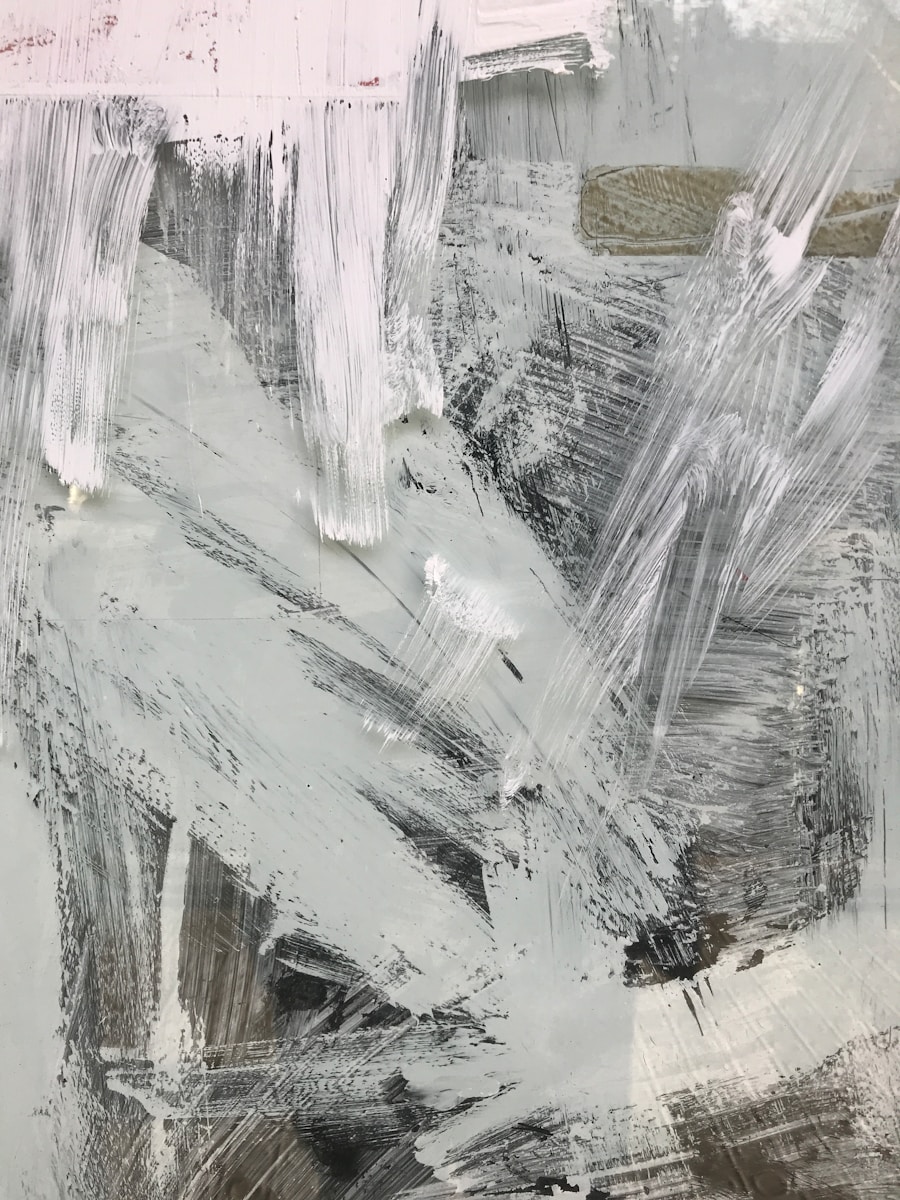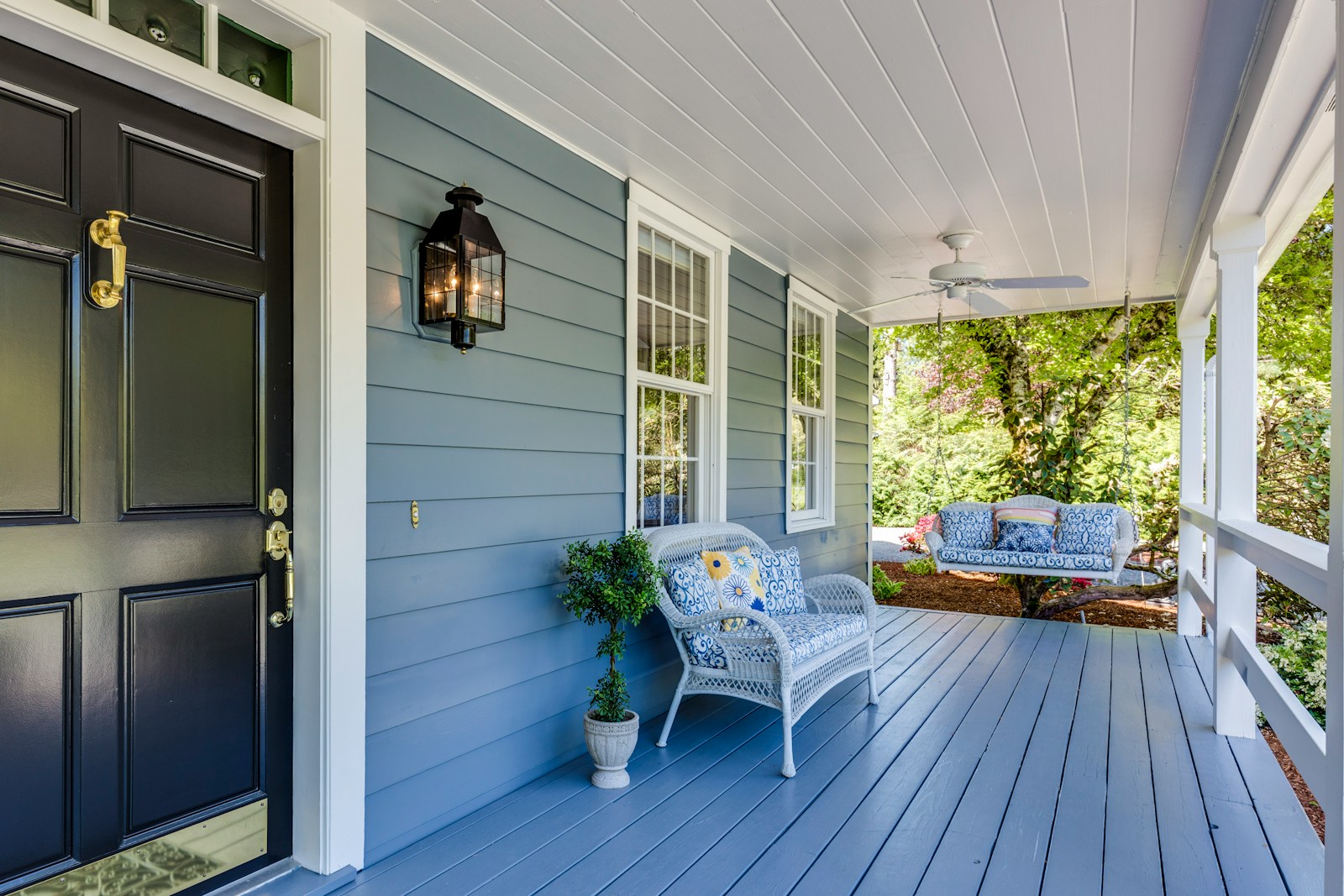Mixing Textures, Patterns, and Materials
If you’ve ever walked into a room and felt instantly cozy, inspired, or intrigued—it probably had more to do with texture than color. Mixing textures, patterns, and materials is the secret sauce that brings dimension and personality to your decor. It keeps things from feeling flat or too matchy, while giving your space layers that feel curated, not chaotic.
Why Mixing Matters
Balance is key in any room, and texture plays a huge role in that. While color sets the mood, it’s texture and material that invite you to linger—soft throws, rough wood, smooth ceramics, or a pop of metallic shine. Mixing these elements makes a space feel lived-in, tactile, and thoughtfully designed.
Start with a Neutral Foundation
Choose a calm, neutral base—whether that’s a sofa, wall color, or large rug. This gives your patterns and materials room to breathe, while also creating a cohesive starting point for layering in texture and visual interest.
Layer Different Textures
Texture is all about how things feel—so think soft vs. hard, shiny vs. matte, rough vs. smooth. Try layering:
- Velvet pillows with chunky knit blankets
- Woven baskets next to metal or glass decor
- Natural wood furniture paired with soft upholstery
The contrast brings comfort and complexity, especially when combining organic and refined finishes.
Mix Materials with Intention
Different materials bring different energy to a room. Wood adds warmth, metal adds edge, glass and ceramic bring refinement, while natural fibers ground the space. The key is to mix them intentionally—not just for the sake of variety, but to tell a story through your space.
Incorporate Patterns Strategically
Patterns add movement and expression. Use a mix of scales—like a bold striped rug with smaller patterned cushions—to avoid visual competition. Stick with a consistent color palette to tie everything together, even when the prints vary.
Use the Rule of Three
When layering textures and materials, three is a magic number. Try using at least three different textures in one space—such as leather, linen, and wood. It’s enough to add depth without creating visual chaos.
Balance Bold with Subtle
If you go bold with one texture or pattern, balance it with something softer. For example, a dramatic stone fireplace pairs beautifully with cozy textiles. A wild print on a chair works well beside neutral-toned accessories.
Don’t Forget the Ceiling and Floor
Texture isn’t just for furniture. Think about the grain of your flooring, a woven light fixture, or even a textured ceiling paint. These elements can enhance the feeling of fullness and design continuity across the room.
Edit with a Critical Eye
Once you’ve layered in texture, take a step back and ask: Does it feel balanced? Is there a focal point? You want contrast—but also cohesion. If something feels too busy, pare it back or simplify your palette.
Conclusion
Mixing textures, patterns, and materials is one of the most effective ways to bring warmth, character, and depth into your home. Don’t be afraid to play and experiment. With a bit of curiosity and balance, you’ll create spaces that feel curated, comfortable, and uniquely yours.
Frequently Asked Questions
What’s the difference between texture and pattern?
Texture is how something feels (or looks like it feels), while pattern is a repeated design. A linen curtain has texture. A floral-printed pillow has a pattern.
How many textures should I include in a room?
Three or more is a good starting point. Aim for a mix of soft, hard, natural, and refined textures for balance.
Can I mix multiple patterns?
Yes—just keep them in the same color family and vary the scale. Try pairing a large print with a smaller one and a subtle geometric or stripe.
What materials go well together?
Popular pairings include wood + metal, leather + linen, rattan + glass, or velvet + stone. Contrast is what makes it interesting.
Is it possible to overdo texture?
Yes, if every element competes for attention. Use texture to enhance focal points, not overwhelm them. Keep your color palette tight to help unify the space.
© 2025 GardeningandDecor.com. All rights reserved.



